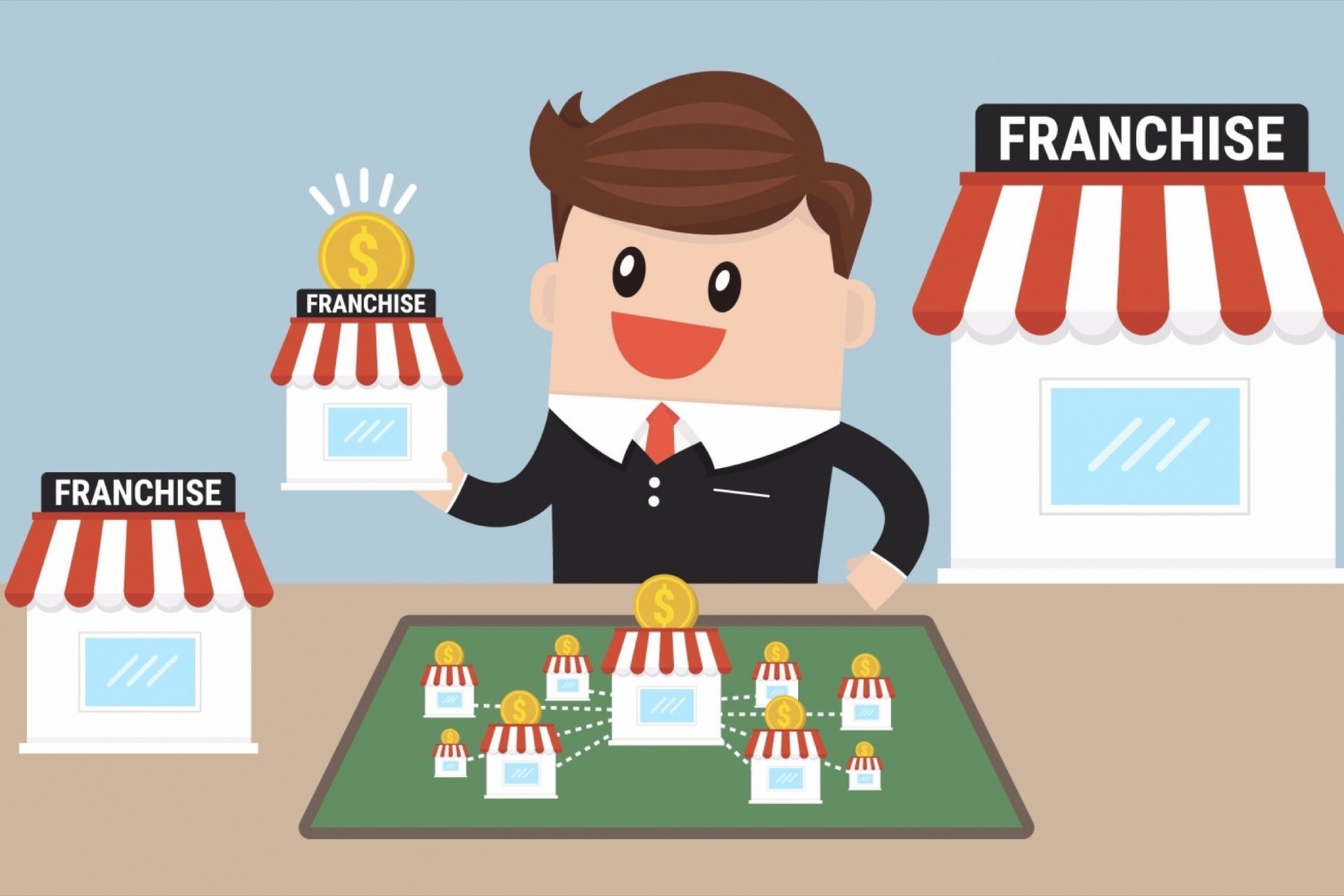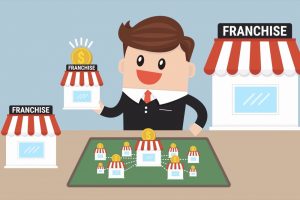Franchise Frenzy: Tackling the Top Challenges with Tech (and a Smile!)
So, you’ve taken the plunge into the franchise world! Kudos to you, brave business warrior! But let’s be honest running a franchise isn’t just about flipping burgers or brewing the perfect cup of coffee. It’s more like juggling flaming torches while riding a unicycle on a tightrope over a pit of hungry crocodiles. Sound familiar? Don’t worry; you’re not alone in this chaotic circus. The good news is, technology is here to help you make those crocodiles disappear (metaphorically speaking, of course).
The Daily Grind of a Franchise Owner
First up, let’s talk about the daily grind. And no, not the coffee kind. The grind we’re talking about involves managing staff, maintaining consistent service quality, keeping up with ever-changing customer expectations, and, of course, staying on top of the financials. Oh, and did we mention inventory management? It’s a full-time job on top of your full-time job!
The Technology Turnaround
Now, imagine if there were a magical genie to grant you three wishes to solve these problems. Well, spoiler alert: the genie’s name is Technology. With the right tools, you can streamline operations, optimize customer experiences, and even boost your bottom line. But don’t just take my word for it—let’s break down how.
- Staff Management Made Simple: One of the most time-consuming tasks is scheduling staff. You’ve got John who can’t work mornings, Jane who prefers weekends off, and then there’s that awkward mid-shift gap that nobody wants to fill. Enter smart scheduling software! It’s like having a personal assistant who knows everyone’s preferences and availability. Tools like this help you reduce overtime, improve employee satisfaction, and ultimately, decrease turnover rates. Fewer headaches for you!
- Consistency is Key: Consistency in service and product quality is a franchise’s golden ticket. Customers expect the same delightful experience whether they’re in Boston or Boise. Advanced POS systems, like the ones offered by CloudFran, help ensure that your products and services are consistent across all locations by standardizing processes and simplifying training for new employees. CloudFran’s integrated systems allow franchisees to easily monitor performance and maintain high standards, no matter where they are. Check out more about these solutions at CloudFran.
- Financials Without the Frown: Keeping your books balanced is no small feat, especially when you’re wearing so many hats. Technology can automate much of this process, from tracking sales and expenses to forecasting profits. And let’s face it, the only thing better than making money is knowing exactly where it’s coming from and where it’s going. CloudFran offers franchise owners a comprehensive financial dashboard that helps you keep an eagle eye on your finances—without needing a degree in accounting.
The Future is Now
So, what’s the takeaway here? Owning a franchise comes with its fair share of challenges, but with the right technology, those challenges become a whole lot easier to manage. By embracing tools that simplify staffing, ensure consistency, and streamline financial management, you’re setting your franchise up for success.
And remember, in the world of franchising, it’s not just about surviving—it’s about thriving. With partners like CloudFran, you’ve got the tech-savvy support to turn those hungry crocodiles into mere puddles in your path to success. Curious to learn more? Visit CloudFran.com and take your franchise to the next level!
So, go ahead, embrace the tech, and give those crocodiles a run for their money (figuratively, of course). You’ve got this!







